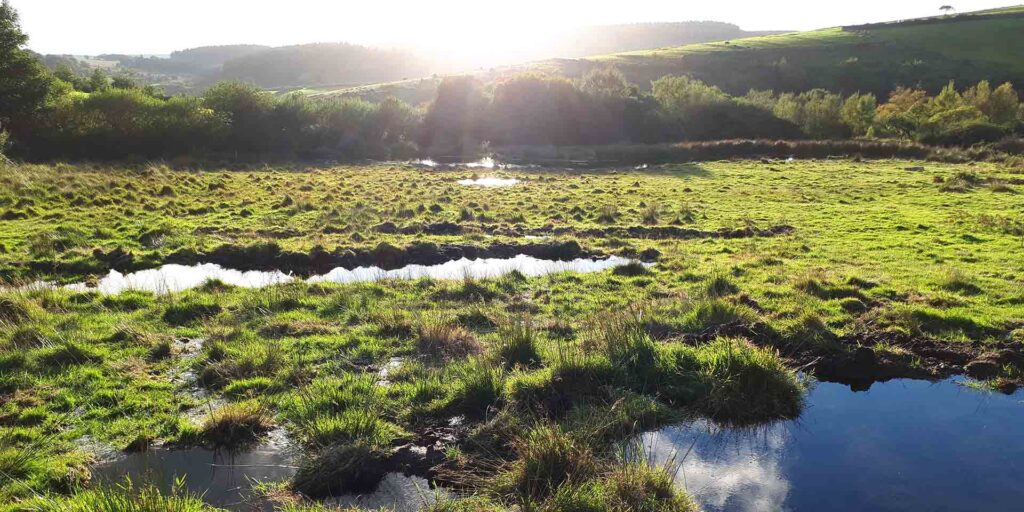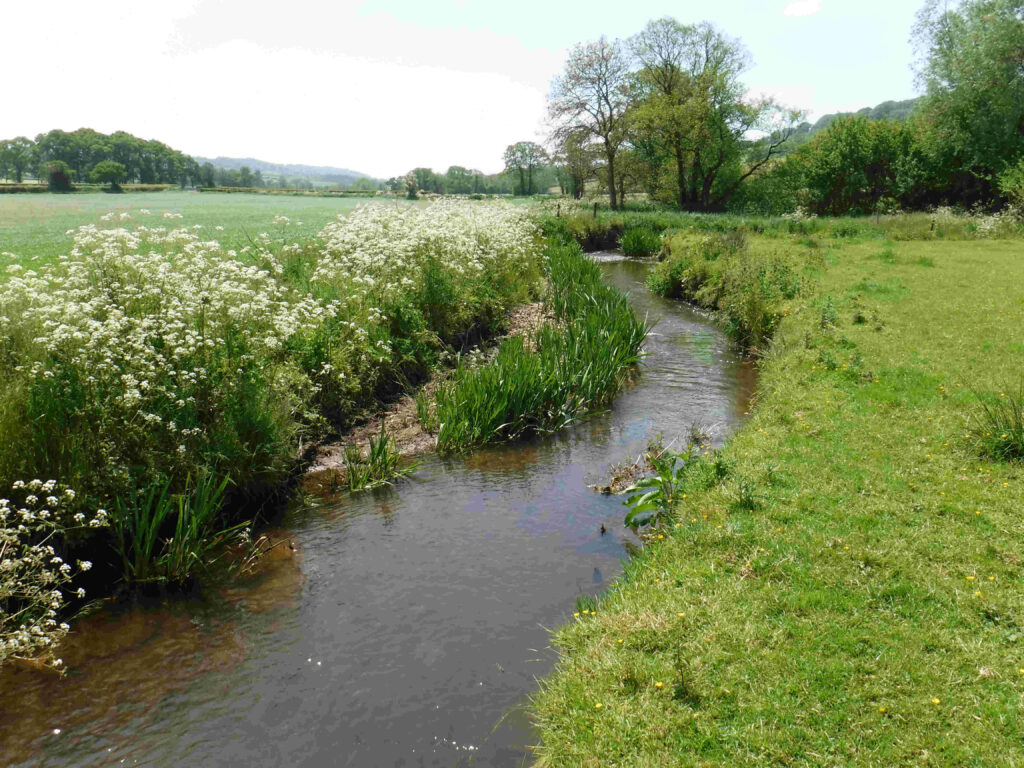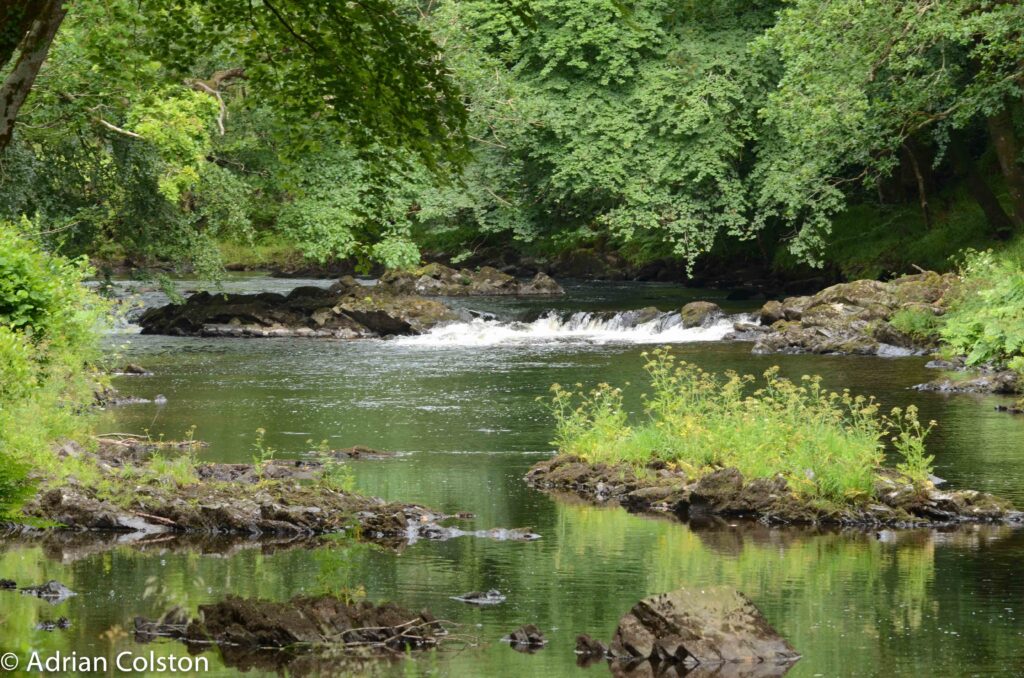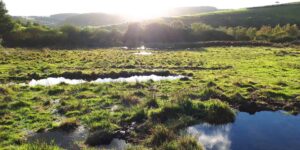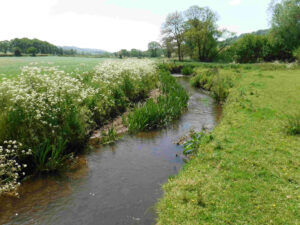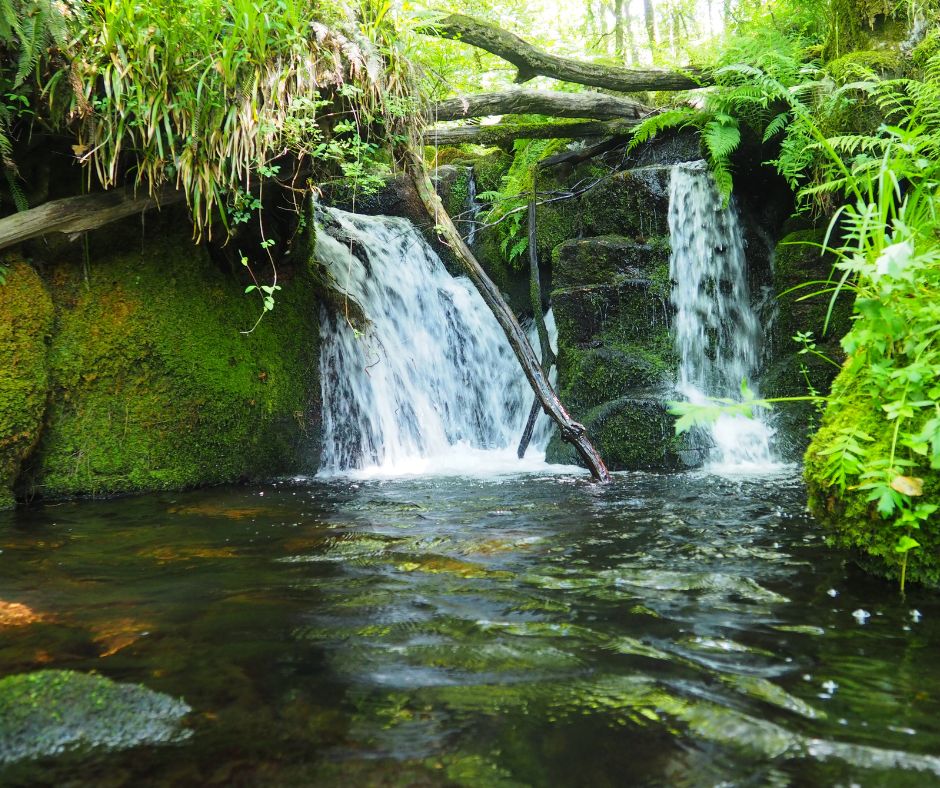Nature improves water quality and reduces flood risk, two vital services we depend on. However, across much of Devon these services are under great pressure from the way we manage land, treat wastewater and source drinking water as well as from run-off from roads and settlements. Climate change is increasing the impact of all these pressures.
In a fully natural system, most of the rain is absorbed by the soil. It then either filters deep underground to be stored in rock formations, or runs gently through the soil, finally reaching streams and rivers. Naturally-functioning river floodplains also absorb excess flows in a complex system of wetlands and shallow channels that readily spill floodwater onto the surrounding land. These natural processes — known as natural flood management (NFM) — slow the water flow and filter out impurities.
Devon has a large and growing population of wild beavers. Beavers have returned to England after a 400-year absence and are now a protected species. They’re known as one of nature’s ecosystem engineers because they build dams to protect access to their lodges and feeding grounds. These dams help form natural wetlands that store and purify water and boost biodiversity.
In general, the priority for NFM and to improve water quality is better soil management so that more water infiltrates into the ground. Creating more natural habitats is the next aim, as their rough surface tends to slow the flow of floodwaters. Reconnecting floodplains and other water storage techniques are also very valuable.
The diagram below shows some typical NFM techniques.
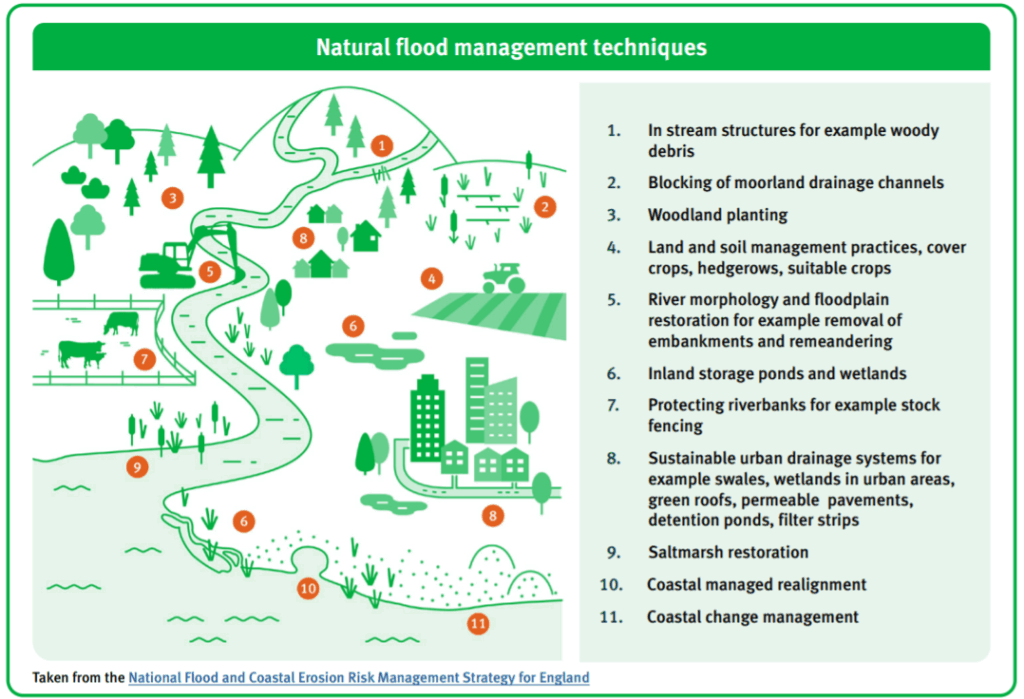
The following film shows some of these NFM techniques in action.
We rely on these natural systems to help absorb heavy rainfall and reduce flood risk. They also help to filter out pollution so that rivers are safe to bathe in and water is drinkable without the need for vastly expensive treatment. Well-managed, expanded and better-connected wildlife-rich habitats can help repair and deliver these critical ecosystem services.
The LNRS aims to maximise the benefits of natural flood management and other ecosystem services. However, nature cannot solve all our problems. We must still improve our sewage treatment services, water supply networks, hard flood defences and reduce pollution at source to protect nature and our own health and wellbeing.

